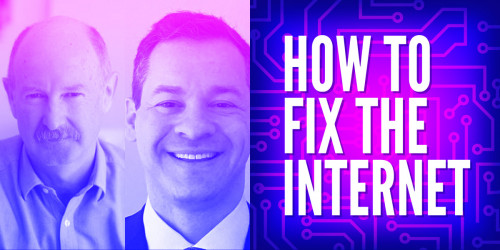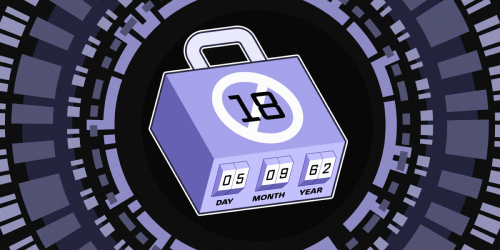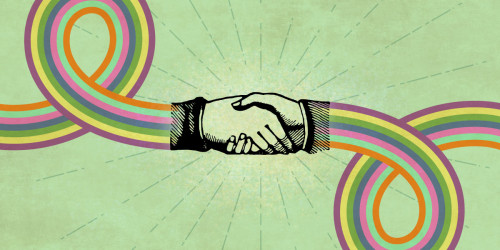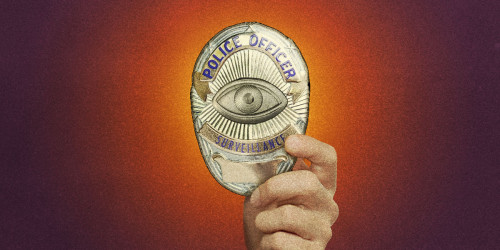EFF has presented its full evidentiary case that the five ordinary Americans who are plaintiffs in Jewel v. NSA were among the hundreds of millions of nonsuspect Americans whose communications and communications records have been touched by the government’s mass surveillance regimes. This presentation includes a new whistleblower and three additional expert witnesses—Professor Matthew Blaze, Dr. Brian Reid, and former Chief Technologist at the Federal Trade Commission Ashkan Soltani—along with AT&T documents and witnesses we first revealed in 2006. We also marshalled key portions of the now massive amount of public admissions by the U.S. government and the most recent example of public judicial review in the Big Brother Watch case in Europe.
The goal is to convince a federal judge that the NSA’s current claims of secrecy should not prevent American courts from publicly evaluating the legality of how these surveillance schemes impact millions of innocent Americans.
The government now admits that its mass surveillance schemes tap into the very backbone of the Internet. The government admits that for many years, it collected our telephone and Internet records in bulk. It admits that these schemes swept in billions of communications from hundreds of millions of ordinary Americans.
The government’s argument, in their latest attempt to dismiss the case, is that public courts should be denied any ability to protect Americans’ rights under established law because—despite admitting that it has subjected tens of millions of us to its surveillance dragnet and the obvious implications of the structure it has created—it is a state secret which tens of millions of us have been impacted by it. This “secret” means that no one has legal “standing” to challenge the scope of the surveillance and its impact on nonsuspect Americans. Really.
Our new whistleblower Phillip Long is a former senior AT&T technician who corroborates our evidence that, starting in 2001 AT&T required its technicians to route Internet traffic from throughout California through the San Francisco AT&T facility where the surveillance equipment was installed. Our three new expert witnesses explain that, given how Internet traffic is routed, our case obviously meets the legal standard for standing—that it is more likely than not that our five plaintiffs had at least one of their communications subjected to this surveillance infrastructure over the past 17 years.
First, in an affidavit submitted to the judge, Long explains that in the mid-2000s he was ordered to divert a large amount of domestic Internet traffic to an AT&T facility at 611 Folsom Street in San Francisco, without any technological or business justification. We know from our first whistleblower Mark Klein that inside the Folsom Street facility a device called a “fiberoptic splitter” made a complete copy of the “peering” internet traffic that AT&T receives—email, web browsing requests, and other electronic communications sent to or from the customers of AT&T’s Internet service from people who use another Internet service provider. The copied Internet traffic was diverted into a room, 641A, which is controlled by the NSA. This copying and diversion alone, regardless of what happens later, constitutes a violation of the federal Wiretap Act and the Stored Communications Act.
In his previous rulings, the judge in Jewel has disregarded—improperly, we believe—Klein’s testimony and the authenticated internal AT&T documents he provided which describe the surveillance networking. The judge said that Klein alone can’t establish with certainty what the purpose of the room is or what data was being processed. In our latest filing we explain that this ruling was incorrect. The legal and Constitutional violation of your rights occurs when your communications are “intercepted” by the surveillance infrastructure, which happens at the point of copying outside the room.
Now we have corroborating evidence of the massive scope of that diversion from Long. Long was responsible for setting up, connecting, and maintaining Internet circuits, including connecting customers to AT&T’s Internet backbone circuits. Long said that not only was he instructed to reroute Internet backbone connections for numerous cities in California to Folsom Street, he was also told to bring fiber optic cable connected to equipment there and leave the terminating end in front of Room 641A instead of plugging it into another piece of equipment, as was standard practice. Later he connected a terminal jack to that end, and another cable then ran from that jack into Room 641A.
Second, we present three new expert witnesses, Professor Matt Blaze, Dr. Brian Reid, and former FTC Chief Technologist Ashkan Soltani, who are experts in telecommunications, data networking, cybersecurity, and privacy. They place the evidence in context and show how the AT&T documents and witness statements are corroborated by the government’s own statements about the surveillance and the secret FISA court descriptions of it. The experts conclude that it’s unfathomable that at least one of the plaintiffs’ communications did not travel through AT&T’s Folsom Street facility. For example, cybersecurity expert Ashkan Soltani said in order to ensure that email is not lost, Internet providers of services like Gmail and Yahoo mail have systems that copy, split up, and move users’ communications between data centers around the world in little pieces they call “shards.” “If the NSA or other outsiders intercepted a single shard, they could glean significant information about the communications, including an entire email or chat. Even if a shard did not contain a complete communication, interception of multiple shards would allow the entire communication to be reconstituted,” Soltani wrote in an affidavit to the court.
Professor Blaze and Dr. Reid speak both from the public evidence and from their direct experience and knowledge of AT&T’s Internet network. Professor Blaze states that, “[i]t is highly likely that the communications of all plaintiffs passed through the link connected to the splitter (and thus the splitter itself) that Klein describes.” Dr. Reid confirms that given the volatile nature of Internet routing, “it is unfathomable . . . that in 17 years, at least one of plaintiffs’ communications did not travel via the peering points at AT&T’s 611 Folsom Street Facility, a major Internet peering point.”
We have been steadfast in the face of government shenanigans to bring the NSA to account for mass surveillance of our emails, phone call information, and other communications. We’ve had our case dismissed but we fought the decision and it was reversed on appeal. We’ve overcome multiple delays. We’ve forced the NSA to produce evidence to the judge about whether our plaintiffs were subjected to mass, warrantless surveillance. And earlier this year, the former NSA director finally submitted a 193-page declaration in response to our questions, in addition to producing thousands of pages of other evidence concerning the NSA’s spying program for the court to review. No case challenging NSA surveillance has ever pushed this far.
The government wants the court, and the American people, to believe the remote possibility that the NSA’s surveillance program may have magically excluded every single communication or communication record of our plaintiffs. This is ludicrous and wrong on the law. We need only show that it is more likely than not that a piece of their communications was captures by the programs to have standing. We don’t need to identify any specific communication, or show what happened to it, or whether the NSA looked at it. The law is very clear on that.
The American people deserve, at a minimum, a public court decision about whether we are allowed to have a private conversation and private associations in the digital age. We deserve a voice in whether our networks are tapped and watched, regardless of the reason. But this blanket secrecy argument remains our biggest barrier in the U.S., even as the European Court determined that it could evaluate the U.K.’s version of this Internet backbone wiretapping program in a public process.
With a new whistleblower and experts, we have submitted strong and incontrovertible public evidence that our plaintiffs have standing. We’ve urged the court to let our plaintiffs, who in a sense are standing up for all Americans, have their day in a public, adversarial American court.









